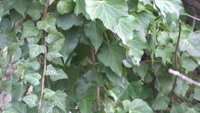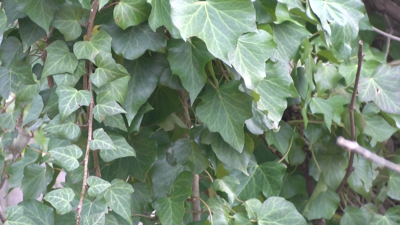DELMARVA - National Invasive Species Awareness Week continues through Friday, March 1st. This event is being held to help raise awareness about invasive species and the threat that they pose to our natural lands.
Invasive species span a large number of plants and animals from the emerald ash borer to the spotted lanternfly to English ivy to phragmites and to many others. These species work to knock our environment out of order. As these invasive species spread they choke the life out of our natural lands.
Many of these invasive species are a result of the horticultural trade bringing in plants from faraway places. As these plants and animals were brought in, our native plants and animals were not built with the defense to fight off these invaders and thus have seen significant damage as a result.
Our home gardens tend to be ground zero for the spread of invasives as many of our favorite garden plants tend to spread outside of our gardens bounds even if we don’t think they do.
“People say well I don’t see them growing in my yard, but the problem is birds carry the seeds and they drop them in undisturbed areas and that’s where they really spread”, explained Cheryl Rehrig, co-ower of the Inland Bays Garden Center.
There are ways to fight back against these invasive species. The biggest one is to remove any invasive species you may have in your yard. You can find a list of invasive plant species in Delaware on the Delaware Invasive Species Council website.

A monarch caterpillar feeds on a native swamp milkweed.
Once you remove the invasives, replace them with native plants. Our native insects and mammals are adapted to feed on our native plants. Native plants, like swamp rose, swamp milkweed, and red oaks to name a few are essential for a thriving ecosystem.
By removing invasive plants and planting native plants as replacements, we are doing our part to help restore natural order to the environment around us.










